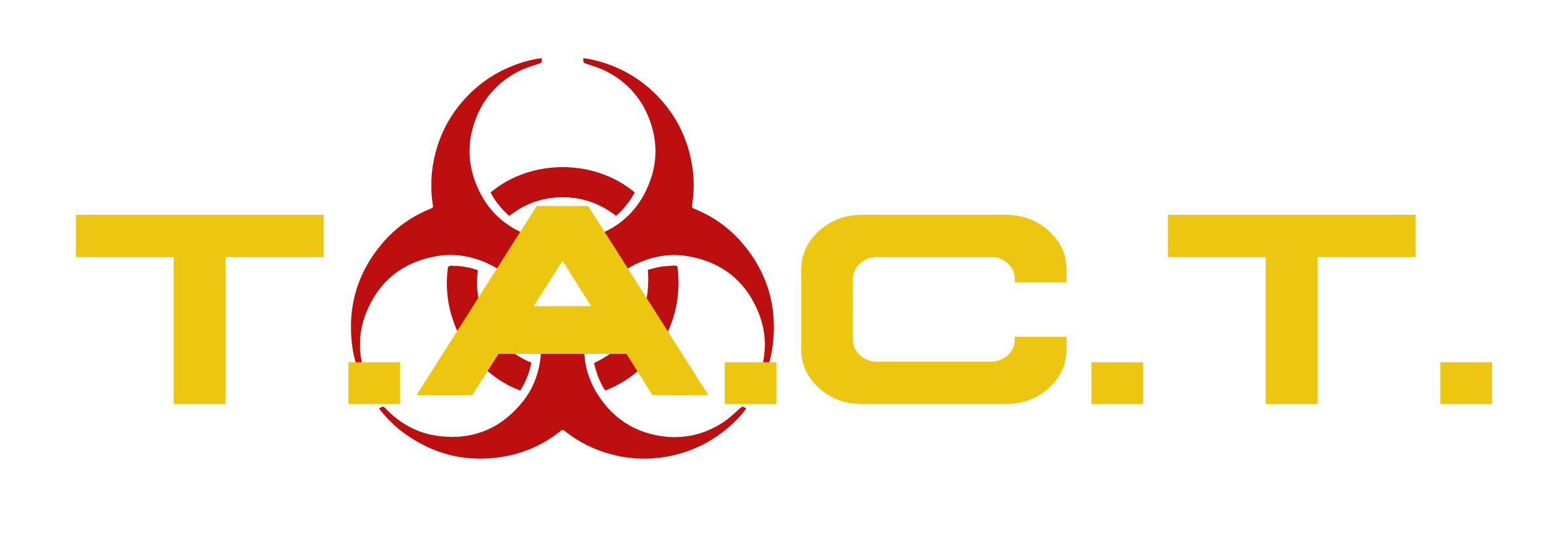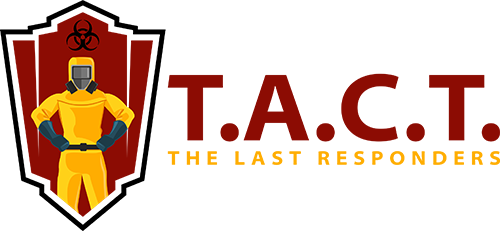Effective Water & Mold Remediation | Homeowner's Guide

Effective Water and Mold Remediation: A Complete Guide for Homeowners
Mold and water damage are not just inconvenient—they’re serious threats to the comfort and safety of your home. Mold can grow quickly, causing health problems for your family and compromising the structure of your house. Acting swiftly and effectively is essential to protect both your loved ones and your property.
This comprehensive guide will walk you through everything you need to know about water and mold remediation, from understanding how mold grows to choosing the right remediation service. By the end, you’ll gain the knowledge to make informed decisions and safeguard your home from future mold issues.
Understanding Mold Growth
Mold is a silent invader, thriving in damp and humid conditions. Understanding how it works is crucial to stopping it in its tracks.
Where Mold Grows
Mold can grow virtually anywhere moisture is present, including wood, paper, carpets, and even food. It often takes hold in hidden areas, like inside walls, under flooring, or behind appliances.
How Quickly Mold Grows
Mold growth can begin within just 48 hours of exposure to moisture. This rapid pace makes prompt action key to limiting damage.
Why Mold is Harmful
Mold spores, which are always present in the air, can lead to health issues like allergies, asthma, and respiratory problems. Left untreated, mold can also cause significant structural damage to your home.
Taking time to understand these basics will prepare you to better handle any mold issues that arise.
Preparing for Remediation
Before remediation begins, proper preparation is essential to prevent mold from spreading further and to ensure safe cleanup.
1. Stop Air Circulation
Turn off your HVAC system, fans, or any air-moving devices. Air circulation can spread mold spores to other areas, worsening the problem.
2. Restrict Access to Contaminated Areas
Limit foot traffic in the affected area. This reduces the risk of spreading spores to other parts of your home.
3. Identify and Stop the Water Source
The underlying cause of mold is almost always related to moisture. Whether it’s a leaky pipe, a roof issue, or flood damage, address the water source immediately to prevent further mold growth.
Proper preparation ensures mold doesn’t spread and sets the stage for effective remediation.
The Mold Remediation Process
Mold remediation is a specialized process that involves removing the mold, eliminating moisture, and preventing regrowth. Here’s what the process typically involves:
Assessment and Planning: Professionals conduct a thorough inspection to assess the extent of damage and create a customized remediation plan.
Containment: Affected areas are sealed off to prevent the spread of spores during the cleanup process.
Removal and Cleaning: Contaminated materials like drywall or carpet may need to be removed. Surfaces are cleaned and disinfected with specialized tools.
Drying and Dehumidifying: Experts use industrial-grade drying equipment to remove excess moisture, the key factor that enables mold growth.
Post-Remediation Testing: Once remediation is complete, air sampling or surface testing may be carried out to ensure the mold problem has been fully addressed.
Each step is carefully executed to ensure mold is not just removed but eradicated for good.
The Connection Between Water Damage and Mold Growth
Water damage and mold growth are closely linked. Addressing water damage quickly is essential to keeping mold at bay.
How Water Damage Leads to Mold
Standing water and damp materials create the perfect breeding ground for mold. The longer moisture lingers, the greater the risk of mold spores taking root.
Health Risks of Ignoring Moisture Issues
Chronic exposure to water-logged materials and mold can result in long-term health issues like respiratory infections and immune system dysfunction.
Always handle water damage promptly by removing excess water, increasing ventilation, and using dehumidifiers to dry out affected areas.
DIY vs. Professional Remediation
While attempting to deal with mold on your own may seem like a cost-saving option, there are significant benefits to hiring professionals.
When to Hire Professionals
Toxic Mold Types
Some molds, like black mold (Stachybotrys chartarum), can release dangerous mycotoxins and require professional handling to ensure safety.
Hidden or Extensive Mold Growth
Professionals can uncover hidden mold that DIY methods might miss, ensuring a thorough cleanup.
Expert Tools and Techniques
Industry-grade equipment and advanced techniques enable professionals to address mold issues far more effectively than standard household methods.
Risks of DIY Efforts
Without the right knowledge and tools, DIY remediation can sometimes make the problem worse, spreading mold spores or failing to fully eliminate the root cause.
For serious mold cases, calling in the experts is always the safer and more reliable choice.
Preventing Future Mold Growth
Once remediation is complete, putting measures in place to prevent mold from returning is critical.
Address Moisture Issues
Fix leaks immediately, ensure proper ventilation in rooms like bathrooms and kitchens, and use a dehumidifier in damp spaces.
Regular Inspections
Conduct regular mold inspections, especially in high-risk areas like basements or attics, to catch potential problems early.
Improve Indoor Air Quality
Use HEPA air purifiers and make sure your HVAC system is well-maintained to reduce airborne mold spores.
A proactive approach will keep your home mold-free and give you peace of mind.
Costs and Timeframes
Understanding the costs and timelines involved in mold remediation will help you plan your next steps effectively.
Labor Costs
On average, professionals charge around $99 per hour for mold remediation. Extensive mold issues might require a larger team, increasing labor costs.
Project Duration
Remediation projects typically take 1 to 5 days, depending on the severity and size of the mold problem.
Being informed about these factors will ensure you’re prepared financially and logistically for the remediation process.
Choosing the Right Remediation Service
Selecting the right service provider can make all the difference when addressing mold and water damage.
What to Look For:
Proper Certification
Choose a company certified by organizations like the IICRC (Institute of Inspection, Cleaning, and Restoration Certification).
Proven Experience
Look for a service with a strong track record in mold remediation and positive customer reviews.
Emergency Response
Mold issues often require urgent attention. Select a provider with 24/7 availability and a network of insurance carriers to streamline the process.
Partnering with a reputable service ensures effective, hassle-free remediation.
Take Action to Safeguard Your Home and Health
Mold and water damage require immediate attention to protect both the structure of your home and the well-being of your family. By understanding how mold grows, preparing for remediation, and hiring qualified professionals, you can handle mold issues effectively and prevent them from returning.
Don’t wait until mold becomes an unmanageable problem. Reach out to certified experts today to assess and address your home’s needs. Swift action will save you time, money, and the stress of dealing with prolonged damage.
Latest news

Nosy neighbors peeking? T.A.C.T. North Atlanta offers discreet biohazard remediation for rodent infestations, mold, hoarding, and more. Unmarked vehicles, quiet experts, full privacy—24/7 service at 470-781-4775.
Read More

